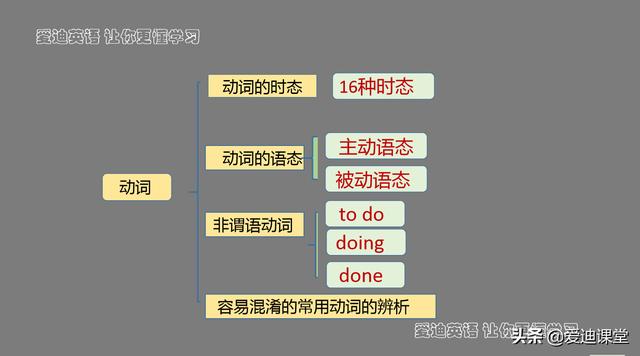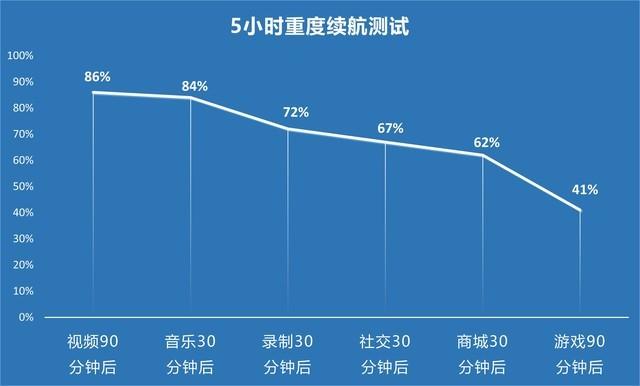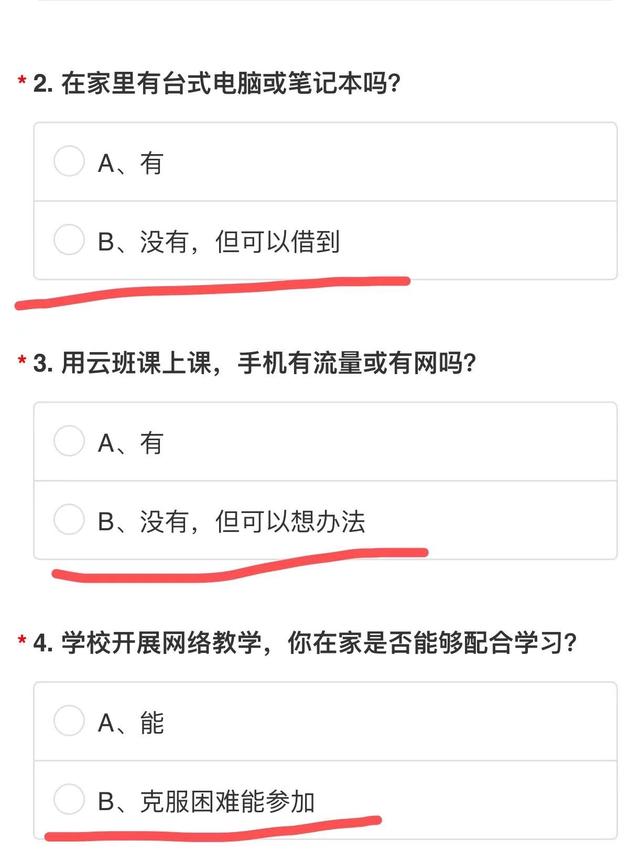动词(三)

4. 容易混淆的常用动词的辨析
(1) say, speak, talk, tell的用法。
1) say表示讲话,作为及物动词使用,后跟宾语或宾语从句。
He said he would go there.
It's time to leave. We have to say goodbye to you.
2)speak表示“讲话”,一般作为不及物动词使用,而有时作为及物动词后面跟上各种语言作为宾语。
Do you speak English?
May I speak to Mr Pope, please?
3) talk表示“谈话”,是不及物动词,与to , about, with等连用,才可以接宾语。
What are you talking about?
Mr Jackson is talking with my father in the office now.
4) tell 表示“告诉,讲述”是及物动词,可以带双宾语或复合宾语。
She told us an interesting story yesterday.
My teacher told me that we would have an English exam the next month.
(2) look, see, watch和watch的用法。
1) look强调“看”这个动作,是不及物动词,常与at连用,然后接宾语。
Look! The girl is swimming in the lake.
Look at the picture carefully. Can you find something unusual?
2) see 指“看见”某物,强调的是结果。
They can't see the words on the blackboard.
Does Lily often go to see a film on Sunday?
3) watch 指的是“观看”,“注视”之意。
The twins are watching TV now.
He will go to watch a volleyball match.
4) read指“看书”、“看报”、“阅读”之意。
Don't read in the sun.
I like to read newspapers when I am free.
(3) borrow, lend和keep的区别。
1) borrow意思为“借入”,常常与from连用,是非延续性动词,表示瞬间即能完成的动作。
Meimei borrowed a book from the library just now.
May I borrow your dictionary?
2) lend 是“借出”之意,常常与to连用,同borrow一样,是非延续性动词,只表示瞬间即能完成的动作。
Uncle Wany has lent his car to Mr Li.
Could you lend us your radio, please?
3) keep是“保存”的意思,动作可以延续。
How long can the recorder be kept?
The farmer kept the pat for two weeks.

(4) bring, take, carry 和get的用法。
1) bring意思为“拿来”、“带来”。指将某物或某人从别处“带来”。
Bring me the book, please.
May I bring Jim to see you next Saturday?
2) take意思是“拿走”,“带走”,把某物或某人从这里“带来”或“拿到”某处之意。
It looks like rain. Take a raincoat with you.
Mother took the little girl to the next room.
3) carry 是“带着、搬运、携带”的意思,指随身携带,有背着、扛着、抱着、提着的含义,不表明来去的方向。
Do you always carry a handbag?
The box is heavy. Can you carry it?
4) get是去某处将某物拿回来。
Please go to my office to get some chalk.
There is no water in the bottle. Why not get some?
(5) wear, put on和dress的区别
1) wear是“穿着”“戴着”的意思,可以用于穿衣服、穿鞋、戴帽子、戴手套、佩戴首饰等,强调“穿着”的状态。
Tom always wears black shoes.
He wears a raincoat even when it is fine.
She doesn't like to wear a red flowers in her hair.
2) put on是“穿上”“戴上”的意思,可以用于穿衣服、穿鞋、戴帽等。着重于穿戴的动作。
It's cold. You'd better put on your coat.
He put on his hat and went out of the room.
3) dress可以作及物动词和不及物动词,有“穿着”“打扮”的意思。作“穿着”解时,只用于穿衣服,不用于穿鞋、戴帽、戴手套。作为及物动词用时,它的宾语是人,不是衣服。dress sb. (给某人穿衣服),而wear作“穿着”用时,也是及物动词,但它的宾语是物,不是人,即wear sth.(穿着衣物)。
She always dresses well.
Get up and dress quickly.
Mary is dressing her child.
(6) take, spend 和use的用法。
1) take指做某事用多少时间,句型是:It takes/took/ will take sb. some time to do sth.
It took me three days to finish the work.
It will take you a while week to travel thought the forest.
It takes only one hour to fly to Shanghai.
2) spend指某人在某事(物)上花费时间或钱。句型是:
Someone spends money/time on something(in) doing sth.
She spent more than 500 yuan on that coat.
He didn't spend much time on his lessons.
He spent much time (in) correcting students' exercises.
Mother spent her evenings (in) washing clothes.
3) use表示使用工具、手段等。
Do you know how to use the computer?
Shall we use your car?
(7)reach, get 和arrive的区别。
1) reach是及物动词,后面要直接跟表示地点的名词作宾语。
After the train had left, they reached the station
We reached the top of the mountain at last.
2) get是不及动词,常与to连用,再接名词,后面接表示地点的副词时,不用to,get to常用于口语中。
When the students got to the cinema, the film had begun.
My sister was cooking when mother got home.
3) arrive是不及物动词,表示到达一个小地方时,用arrive at, 到达一个大地方时用arrive in。
The soldiers arrived at a small village
The foreigners will arrive in Shanghai tomorrow.

【实例解析】
1. (北京海淀区中考试题)
I’m interested in animals, so I ________ every Saturday working in an animal hospital.
A. pay B. get C. take D. spend
答案:D。该题考查的是pay, get, take spend这四个动词的用法区别。在这四个动词中,只有spend常用于 “spend …ding sth.”的句型里,所以选D。
2. (年安徽省中考试题)
---Listen Helen is singing in the next room.
---It _________ be Helen. She has gone to Beijing.
A. can’t B. mustn’t C. may D. should
答案:A。该题考查的是情态动词的用法。表示否定地推测通常用can’t。
3. (江西省南昌市中考试题)
---I called you yesterday evening, but there was no answer.
---Oh, I am sorry I _________ dinner at my friend’s house.
A. have B. had C. was having D. have had
答案:C。该题考查的是动词的时态。他们谈论的是昨天晚上某一时刻发生的事情,所以用过去进行时。
4. (哈尔滨市中考试题)
---How long have you _______ the moteobike?
---For about two weeks.
A. bought B. had C. borrowed D. lent
答案:B。该题考查的是延续性动词和非延续性动词的用法区别。这四个动词中只有had 是延续性动词,它的现在完成时可以同表示一段时间的时间状语连用。
,




